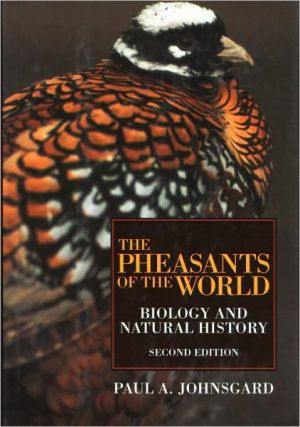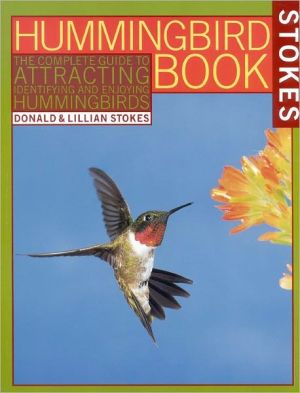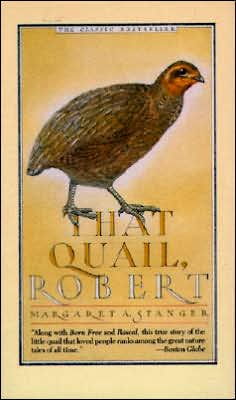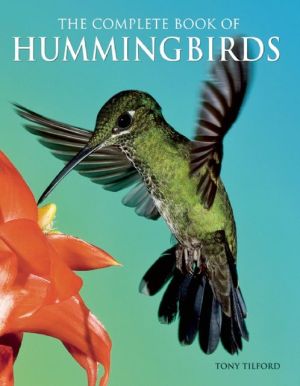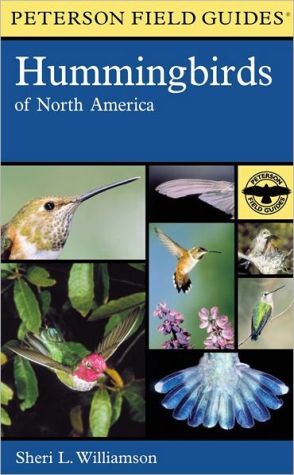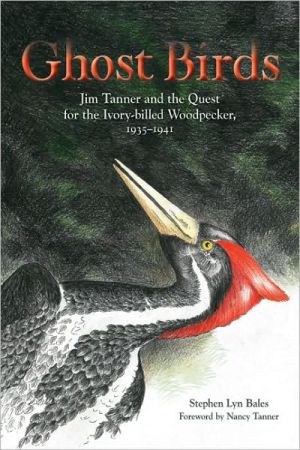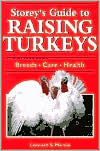Pheasants of the World: Biology and Natural History
Among the most important of all bird groups, pheasants account for the most abundant domesticated species (the domestic fowl), the most extensively hunted upland game bird (the common pheasant), and some of the most spectacularly beautiful of all large birds (the giant argus). This lavishly illustrated volume gives up-to-date information on the distribution, status, and biology of all 49 species, with special attention paid to those that are vulnerable, rare, or threatened. Including range...
Search in google:
Among the most important of all bird groups, pheasants account for the most abundant domesticated species (the domestic fowl), the most extensively hunted upland game bird (the common pheasant), and some of the most spectacularly beautiful of all large birds (the giant argus). This lavishly illustrated volume gives up-to-date information on the distribution, status, and biology of all 49 species, with special attention paid to those that are vulnerable, rare, or threatened. Including range maps and identification keys, The Pheasants of the World is a comprehensive reference not only for ornithologists and conservationists seeking to ensure the survival of the group, but also for aviculturists and others who want to better understand the nature of these splendid birds. Booknews Johnsgard (biology, U. of Nebraska) has written several books about birds for the Smithsonian. Here he looks at a group that has been one of the most important to humans throughout history as both domestic fowl and game birds. He describes evolutionary history and relationships, social behavior, habitats and population densities, food and foraging behavior, movements and migrations, and reproductive biology. He is particularly concerned about their conservation status, which he says has declined in the 15 years since the first edition. He includes either a color photograph or a classic color drawing of each species, and many line drawings. Annotation c. Book News, Inc., Portland, OR (booknews.com)
Preface to the Second EditionPreface to the First EditionIntroductionPt. 1Comparative Biology11Relationships and Classification32Hybridization and Zoogeographic Patterns113Growth and Behavioral Development224General and Social Behavior355Ecology and Population Biology456Comparative Mating Systems and Social Signaling Devices587Reproductive Biology668Aviculture and Conservation76Pt. 2Taxonomic Keys and Species Accounts85Keys to Classification of the Family Phasianidae87Genus Ithaginis Wagler 183290Genus Tragopan Cuvier 1829100Genus Pucrasia G. R. Gray 1841134Genus Lophophorus Temminck 1813143Genus Gallus Brisson 1760160Genus Crossoptilon Hodgson 1838179Genus Lophura Fleming 1822194Genus Catreus Cabanis 1851245Genus Syrmaticus Wagler 1832251Genus Phasianus Linne 1758273Genus Chrysolophus J. E. Gray 1834294Genus Polyplectron Temminck 1813304Genus Rheinartia Maingounat 1882337Genus Argusianus Rafinesque 1815344Genus Pavo Linne 1758355Genus Afropavo Chapin 1936366AppDerivations of Scientific and Vernacular Names of Pheasants373Bibliography375Index393
\ BooknewsJohnsgard (biology, U. of Nebraska) has written several books about birds for the Smithsonian. Here he looks at a group that has been one of the most important to humans throughout history as both domestic fowl and game birds. He describes evolutionary history and relationships, social behavior, habitats and population densities, food and foraging behavior, movements and migrations, and reproductive biology. He is particularly concerned about their conservation status, which he says has declined in the 15 years since the first edition. He includes either a color photograph or a classic color drawing of each species, and many line drawings. Annotation c. Book News, Inc., Portland, OR (booknews.com)\ \
